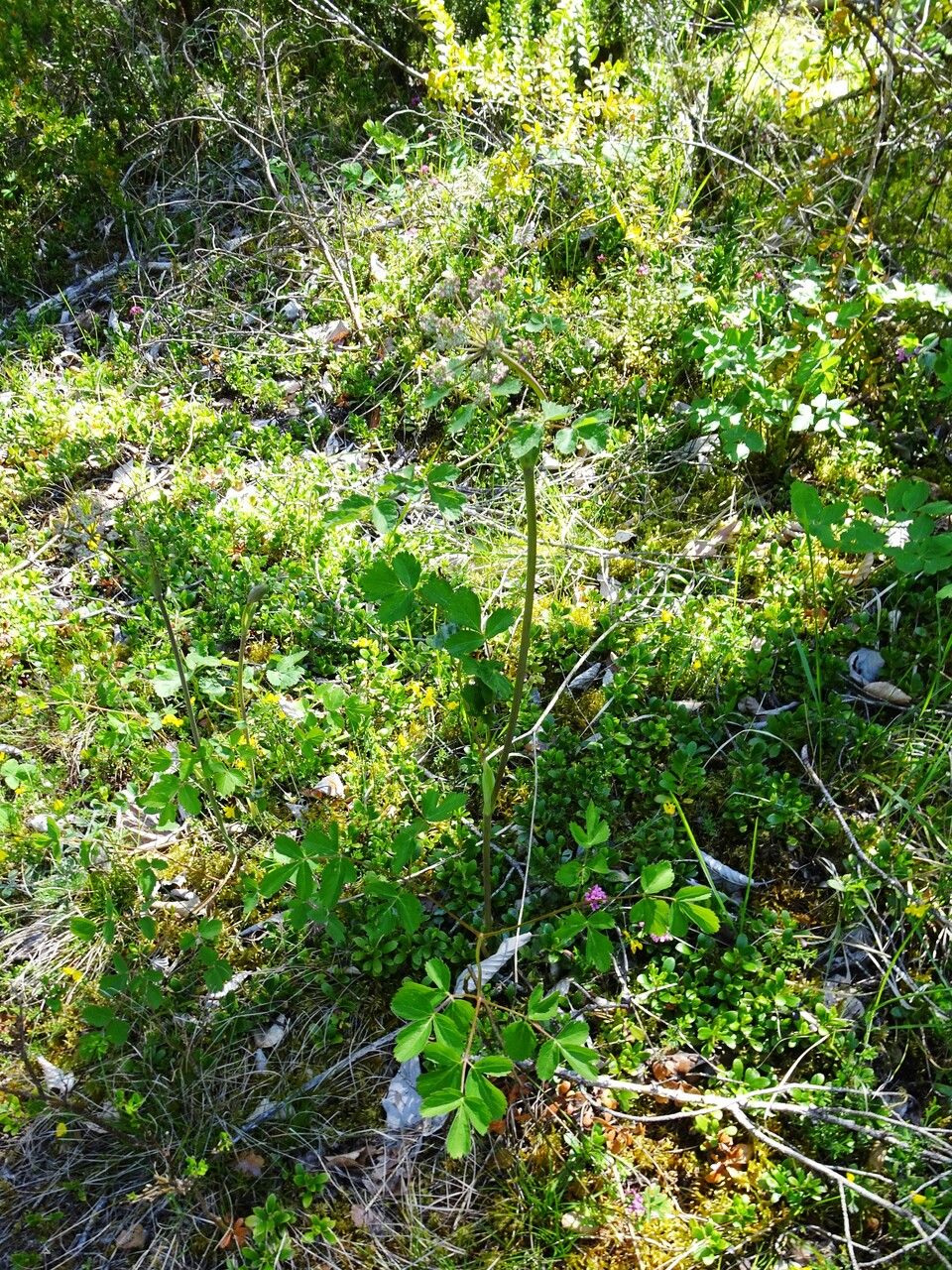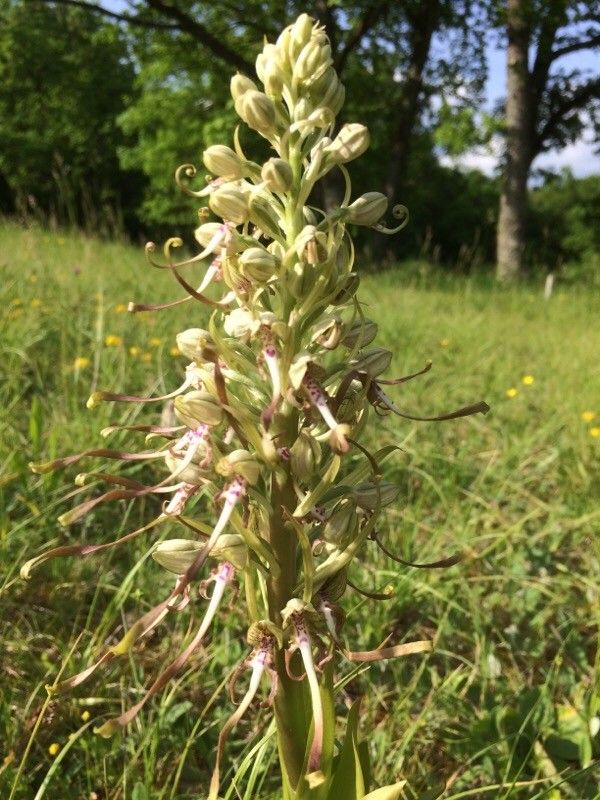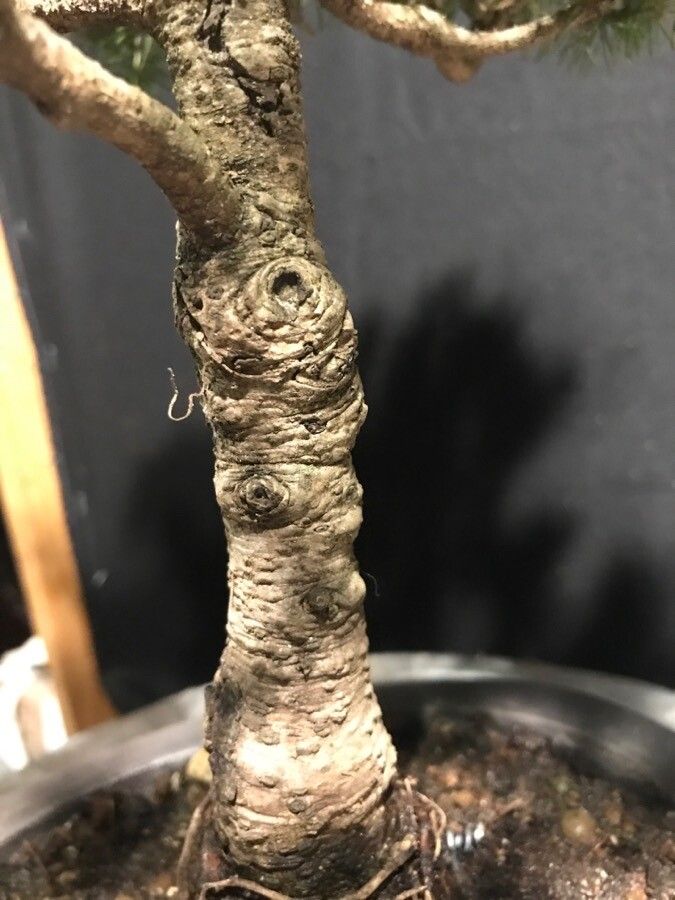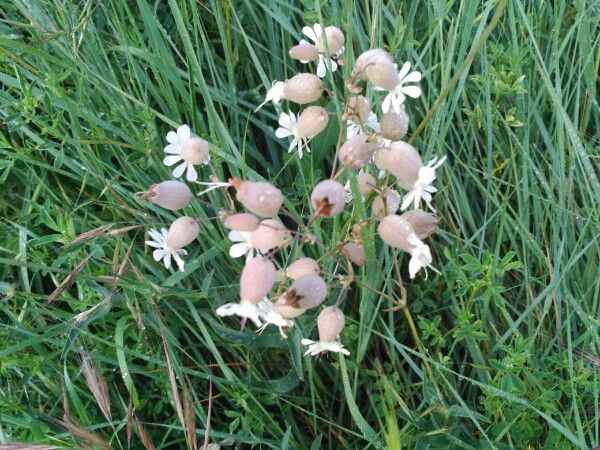## Wild Angelica: A Majestic Umbellifer
Wild angelica ( *Angelica sylvestris*) stands tall and proud, a striking member of the Apiaceae family, known for its impressive umbels of delicate, greenish-white flowers. This herbaceous perennial is a captivating sight in meadows and damp woodlands across Europe and parts of Asia, captivating gardeners and nature enthusiasts alike. Its ferny foliage and imposing stature make it a dramatic addition to any garden with the right conditions.
### Identification
Identifying wild angelica is relatively straightforward. Look for its robust, hollow stems that can reach heights of 6 feet or more. Its leaves are large, bipinnate, and deeply divided, giving them a lacy appearance. The flowers are arranged in large, flat-topped umbels, creating a dramatic display. It's crucial to distinguish wild angelica from poisonous look-alikes; accurate identification is vital before handling any plant in the Apiaceae family. If unsure, consult with a botanical expert.
### Habitat and Growth
Wild angelica thrives in moist, fertile soils, often found near streams, riversides, and damp meadows. It prefers full sun to partial shade. While it enjoys rich soil, it’s relatively adaptable. It naturally self-seeds readily, so it can quickly spread in suitable conditions.
### Cultivation
Cultivating wild angelica in your garden requires providing conditions similar to its natural habitat. Choose a location with moist but well-drained soil and either full sun or partial shade. Propagate from seed sown in autumn or spring. Seeds may require stratification (a period of cold treatment) for better germination.
Once established, wild angelica requires minimal maintenance. Regular watering, especially during dry spells, is crucial. Deadheading spent flower heads can encourage further blooms and prevent excessive self-seeding if you wish to control its spread. Consider staking taller plants to support their weight, particularly in windy locations.
### Medicinal Uses (Caution Advised)
Wild angelica has a long history of medicinal use, primarily for digestive and respiratory ailments. However, it's essential to note that self-treating with wild angelica should be avoided. The plant contains several compounds that can be harmful if ingested improperly or in large quantities. Consult with a qualified healthcare professional before using wild angelica for medicinal purposes. Never consume any plant unless you are absolutely certain of its identification and have professional advice.
### Wildlife Value
Wild angelica's large umbels are a valuable source of nectar and pollen for pollinators such as bees and hoverflies, contributing to the biodiversity of your garden. Its foliage provides shelter and habitat for some insects. The seeds are a source of food for birds.
### Conclusion
Wild angelica's beauty and ecological importance make it a worthwhile addition to gardens and wildflower meadows. By understanding its needs and taking necessary precautions, you can successfully cultivate this striking umbellifer and enjoy its presence in your garden. Remember to always prioritize safe handling and identification practices when dealing with wild plants.
Wild Angelica: Identification, Growth & Care

Frequently Asked Questions
Is wild angelica poisonous?
While wild angelica has some traditional medicinal uses, it contains compounds that can be toxic if ingested improperly. It's crucial to accurately identify the plant and consult a healthcare professional before using it for any medicinal purpose. Do not consume any part of the plant unless instructed by a qualified herbalist.
How do I grow wild angelica in my garden?
Sow wild angelica seeds in autumn or spring in moist, well-drained soil. It prefers full sun to partial shade. Provide regular watering, especially during dry periods, and consider staking taller plants for support. It readily self-seeds, so deadheading spent flowers may be desirable to control its spread.


